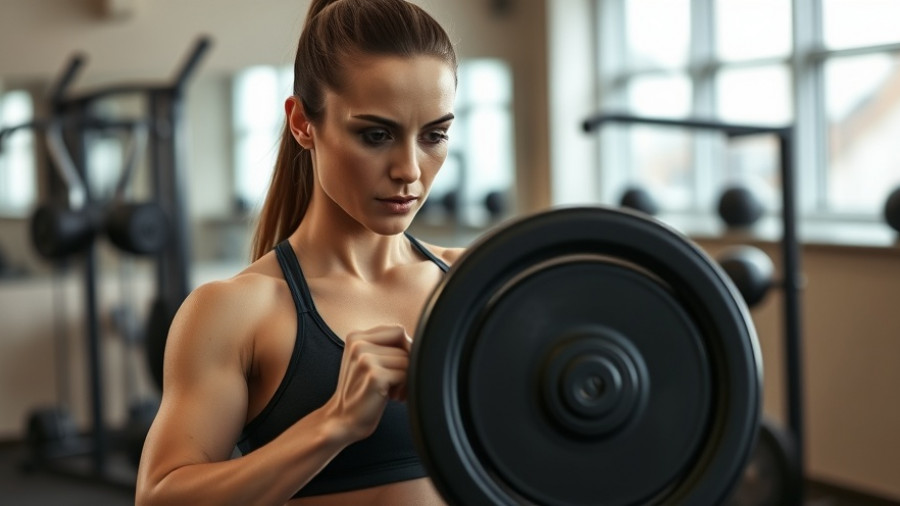
Understanding the Impact of Diet on Cognitive Function
Recent research from the University of Sydney reveals alarming links between high-fat, high-sugar (HFHS) diets and cognitive impairment, specifically regarding the brain's navigation capabilities. These findings underscore the significance of diet not just for physical well-being but also for maintaining essential cognitive functions.
Research Highlights the Connection Between Food Choices and Memory
The study published in the International Journal of Obesity explored the relationship between HFHS diets and first-person spatial navigation, a vital aspect of cognitive function that reflects the health of the hippocampus—a brain structure pivotal for navigation and memory preservation. Participants who adhered to lower fat and sugar intake demonstrated significantly improved spatial memory when tasked with navigating a virtual reality maze.
Can Dietary Changes Reverse Cognitive Decline?
Dr. Dominic Tran, the lead researcher, assures that altering one's diet can quickly reverse harmful effects on the brain. As the study indicates, dietary modifications can enhance the hippocampus's health, thereby improving an individual’s ability to mentally map their environment—a skill crucial for everyday tasks such as finding one’s way in a new city.
Practical Recommendations for Tech Professionals and Fitness Enthusiasts
For tech professionals and fitness coaches focused on holistic health, this research offers actionable insights. Prioritize a diet low in refined sugars and saturated fats. Instead, embrace whole foods rich in nutrients that fuel brain function, such as berries, leafy greens, nuts, and healthy fats like avocados. Implementing these dietary shifts not only bolsters cognitive health but also enhances productivity and creativity in the workplace.
Conclusion: The Power of Nutrition on Mental Fitness
The link between HFHS diets and cognitive function highlights a critical consideration for our dietary choices. As the evidence mounts, adopting healthier eating patterns emerges as a viable strategy for both reversing cognitive decline and optimizing brain performance. This insight prompts professionals and practitioners to consider nutrition as an integral aspect of cognitive flourishing, and encourages individuals to rethink their food choices for enhanced mental agility.
 Add Row
Add Row  Add
Add 




Write A Comment